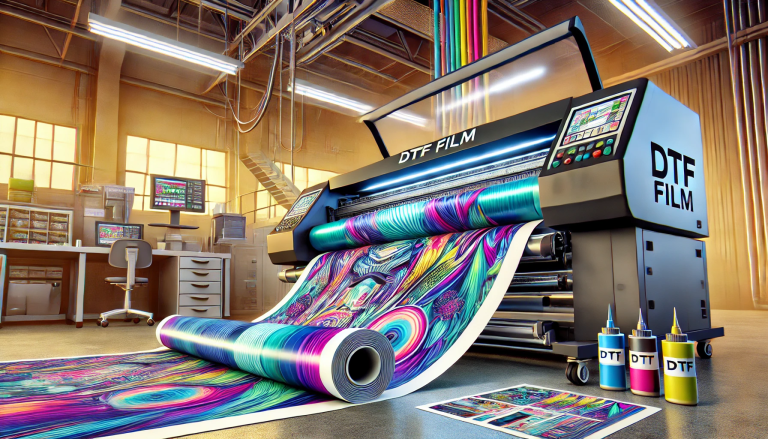“How Long Can You Store DTF Transfers? A Comprehensive Guide” -MAXDTF- Transfer DTF UV Paper Factory, UV Film Transfer Paper Wholesale, Made in China
Digital Transfer Film (DTF) technology has revolutionized the world of custom printing. This modern printing method allows vibrant, detailed designs to be transferred onto garments, textiles, ceramics, and other surfaces. If you’re an enthusiast or business owner who works with DTF transfers, one of the common questions is, “How long can you store DTF transfers before using them?” In this article, we delve into the specifics.
What is a DTF Transfer?
Before we jump into storage durations, it’s essential to understand what a DTF transfer is. Digital Transfer Film or DTF is a technology where designs are printed onto a special film using DTF inks. After printing, a layer of adhesive powder is applied and melted, making the design ready for transfer onto a substrate using heat.
Factors Affecting Storage Life:
- Humidity and Temperature: These are perhaps the most significant factors. Store DTF transfers in a cool, dry place. High humidity can affect the adhesive, while high temperatures can cause the inks to degrade or become sticky.
- Light Exposure: Direct sunlight or UV exposure can fade the colors of the printed design.
- Quality of Materials: The quality of the DTF inks, adhesive, and film can also influence the storage life. Premium quality materials generally have a longer shelf life.
Ideal Storage Conditions:
- Temperature: Between 65°F and 70°F (18°C and 21°C).
- Relative Humidity: Between 40% and 50%.
So, How Long Can You Store DTF Transfers?
Considering the factors and ideal conditions:
- Unprinted DTF Film: If you have rolls of unprinted DTF film, they typically have a shelf life of about one year when stored correctly.
- Printed DTF Transfers: Once you’ve printed a design onto the film, the recommendation is to use the transfer as soon as possible for optimal results. However, they can generally be stored for up to 3 months without significant degradation in quality. After this period, you might notice a decrease in the vibrancy of the inks or the effectiveness of the adhesive.
Tips for Longer Storage:
- Seal in Plastic: If you’re storing printed DTF transfers, consider sealing them in plastic bags to protect them from dust and moisture.
- Avoid Stacking: If possible, don’t stack DTF transfers on top of one another. This can cause them to stick together or transfer ink.
- Desiccants: Include small packets of desiccants (like silica gel) in your storage bags or containers to absorb any excess moisture.
In Conclusion
While DTF transfers offer a world of creative possibilities, ensuring they are stored correctly is crucial for maintaining their quality. Be mindful of the storage environment and always check the manufacturer’s recommendations for any specific guidelines. Remember, the best practice is to use them as soon as possible after printing, but with the right care, you can store them for future projects without significant quality loss.




